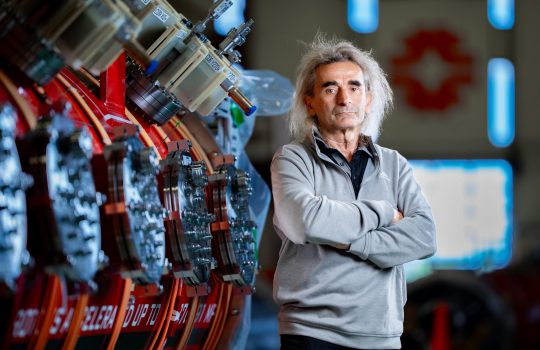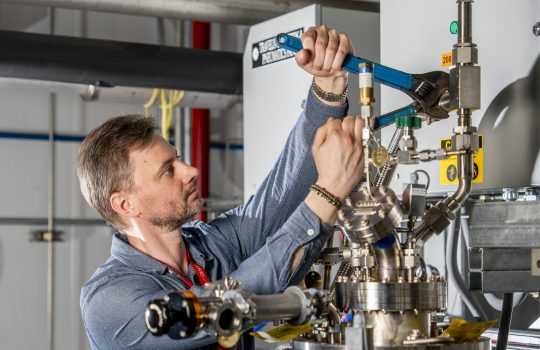Successful test delivers DUNE steel beam a mile underground
Crews completed the first successful lift and lowering of a steel beam a mile underground for the Deep Underground Neutrino Experiment at the Sanford Underground Research Facility in South Dakota.










